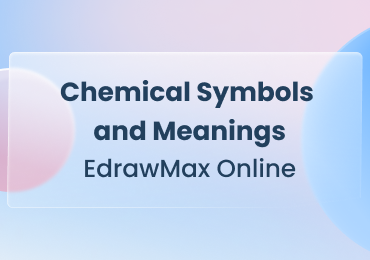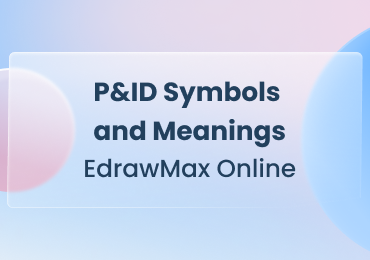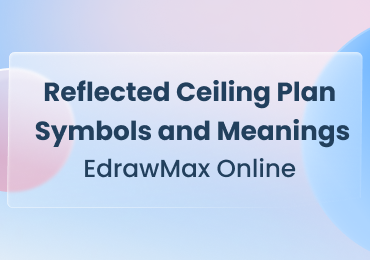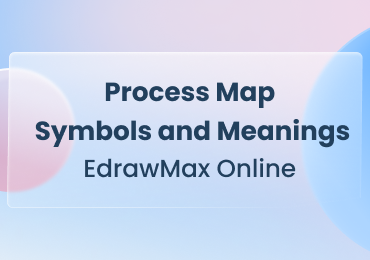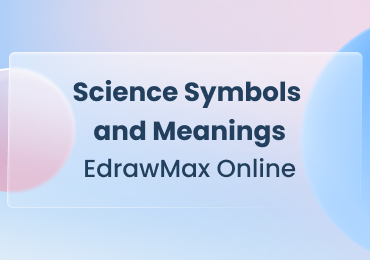UML Notations and Symbols
1. What Are UML Notations
bob2001 is a standardized modeling language that is used for visualizing different types of systems. It was originally developed for software systems. However, it is now adopted for many other systems as well. It employs standardUML notationsfor visualizing, specifying, and documenting different components of a system.
It is a non-programming language whose sole purpose is to document all parts of the system without going deep into the implementation and programming details. Since all stakeholders in a system have different perspectives, UML has several types of diagrams to represent various aspects of the same system. The depth of details, philosophy, and purpose of each UML diagram is different.
2. UML Notations and Symbols Explained
UML is composed of entities, relationships, and diagrams that are represented by specificUML符号和符号. Appropriate and intelligent use of all these components results in effective, understandable, and correct models. The main building blocks of a UML model are discussed below.
2.1 Structural Things
A structural thing describes the nouns of the system, i.e., the static or physical part of a model. The main types of structural things are class, object, interface, collaboration, use case, component, and node.
Class Notation
A class represents the structure and functions of an object. A class can also be abstract, which means its functionalities are not defined.

Object Notation
An object describes an entity, i.e., a building block of the system. Objects decompose large systems into small, manageable, and understandable modules. Objects are instances of classes, i.e., they contain all class parameters in the real world. So, we can say, class is a virtual concept, and its concrete form is an object.
Class and object have the same UML symbol, but the object name is underlined to differentiate between class and object.

Interface Notation
An interface is a template that defines different functions without implementation details represented by a circle notation. A class that implements the interface also implements the functionality.

Collaboration Notation
A collaboration UML notation shows the relationship between two objects. It indicates that messages can pass between the objects. A dotted ellipse represents it.

Use case Notation
用例代表系统完成用户访问的目标。简单地说,用例是由演员(即用户)触发的功能。演员也可以成为系统的另一部分或个人。

Actor Notation
An actor is any internal or external entity interacting with the system.

Component Notation
A component notation represents a part of the system.

Node Notation
A node describes the physical part of the system. Examples are network, server, routers, etc.

2.2 Behavioral Things
Behavioral things are theUML符号that represent behaviors or functions of the system. I.e., The verbs of the systems are behavioral things, i.e., interactions, activities, and state machines. The various types of behavioral things in UML notations are discussed below.
Interaction Notation
Interaction represents message exchange between two UML components. Interactions can be of two types;
Sequential used in the sequence diagram

Source:bob3.app
Collaborative used in a collaboration diagram

Source:bob3.app
State Machine Notation
State machine captures different states of a system component. In other words, state machines show the lifecycle of a component. States include active, idle, or any other condition depending on the situation.

Source:bob3.app
2.3 Grouping Things
When a system expands, keeping track of all components can be difficult and can cause major confusion. Therefore, UML notation includes grouping notation that helps organize the system. The grouping element in UML is package notation.
Package Notation
Package notation wraps the semantically related modeling elements of the system into one single cohesive unit.

2.4 Annotational Things
Annotational things explain different elements and their functionalities and helps in capturing vital supporting information. Annotational things include note UML notation.
Note Notation
A note notation is added to a diagram to explain extra details about it.

2.5 Relationships
The relationship shows how two or more components of a UML system relate to each other with meaningful connections. It shows the association and how it describes the functionality of the model. Different types of relationships are shown below.

Source:bob222
Dependency Notation
In the dependency relationship, one component depends on the target component, and the target changes affect the source. A dependency UML symbol is denoted by a dotted line with the arrow showing the direction of dependency.
Association Notation
Association relationship shows how many components are taking part in an interaction. The UML notation for association notation is a dotted line with arrows on both ends or no arrows. The multiplicity is shown at the ends of the line.
Generalization Notation
Generalization notation shows the relationship between a general entity and a specific entity. In other words, it offers a parent-child relationship. The UML symbol for generalization notation is a straight line with a hollow arrowhead on one end.
Extensibility Notation
Extensibility notation helps in enhancing the power of language. It includes additional elements to show extra aspects or behaviors of the system. The mechanisms to provide extensibility features are as follows.
- Stereotypes are used to represent new elements.
- Tagged values represent new attributes.
- Constraints represent the boundaries
3. Tips for Using UML Symbols
UML diagrams are like blueprints of a software system. The accuracy and efficiency of a system depend on the correct use of proper UML notations. If the UML diagram is drawn properly, it can be implemented in the required solution.
Object Management Group (OMG) manages the UML symbols and notations as OMG adopted UML as a standard in 1997. ISO also revises the UML edition periodically to cover the latest revisions.
3.1使用一个专业的UML图工具
EdrawMax UML symbols library is an exhaustive collection of notations and supports the latest UML versions. Find UML notations and symbols quickly from From EdrawMax Online>Symbol Library> UML Modelling.
3.2 Create Symbols by Yourself
EdrawMax Online has a comprehensive UML symbols library, but some practitioners also want to use hand-drawn or specific symbols related to their particular system. In that case, you can also import your symbols and drawings in SVG, VSSX, and other formats. Go to the library option on the sidebar and click on the import icon. A new pop-up window will appear that you can use to import images, symbols, or data.
You can also learn more from this video.YouTube.
4. Conclusion
The Unified Modeling Language(UML) provides a standard way to design a software system. It helps in visualizing the overall structure and functionality of the system, even for the non-technical stakeholders. UML diagrams are based on standardUML notationsrecognized by ISO. EdrawMax Online is a powerfulUML diagram toolwith an exhaustive library for UML symbols and also for other 280+ diagram types. You can also use the free and fully customizable professionalUML exampleses available in the template community. Many general scenarios are already available in the templates community so that you can start fast on a firm foundation.
